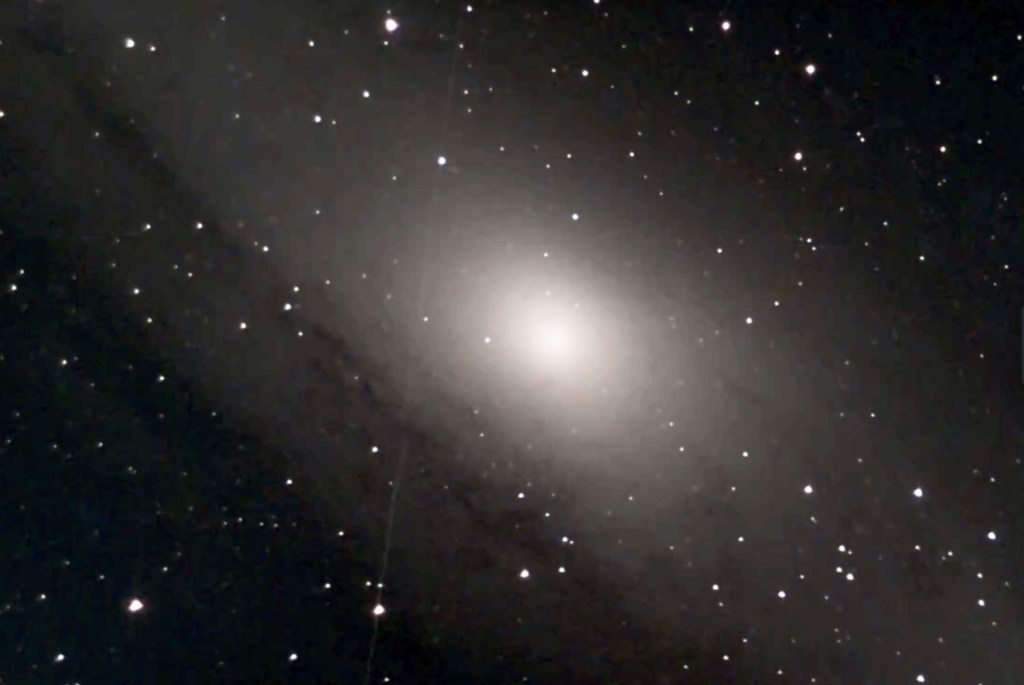M31 | NGC 224 | Andromeda Galaxy | Andromeda | 2,500,000 Light Years Away

Messier 31, commonly known as the Andromeda Galaxy, is a majestic spiral galaxy located in the constellation Andromeda. This massive galaxy is the nearest spiral galaxy to our own Milky Way and is part of the Local Group of galaxies. Discovered by Persian astronomer Abd al-Rahman al-Sufi in the 10th century and later cataloged by Charles Messier in 1764, Messier 31 is approximately 2.5 million light-years away from Earth.
With a diameter of about 220,000 light-years, the Andromeda Galaxy is significantly larger than our Milky Way. It is home to billions of stars, as well as dust, gas, and numerous other celestial objects. Over the course of billions of years, the Andromeda Galaxy is on a collision course with the Milky Way, and the two galaxies are expected to merge into a single, larger galaxy. Observations of Messier 31 provide astronomers with valuable insights into the structure, composition, and evolution of spiral galaxies, helping to unravel the mysteries of the cosmic processes shaping our universe.
Messier 31 is visible to the naked eye from Earth and has been studied extensively across various wavelengths. In addition to being a target of interest for professional astronomers, the Andromeda Galaxy is a popular subject for amateur astronomers and astrophotographers. Its proximity, grandeur, and intricate structure make Messier 31 a captivating cosmic neighbor and a key player in our ongoing quest to understand the vastness of the cosmos.

